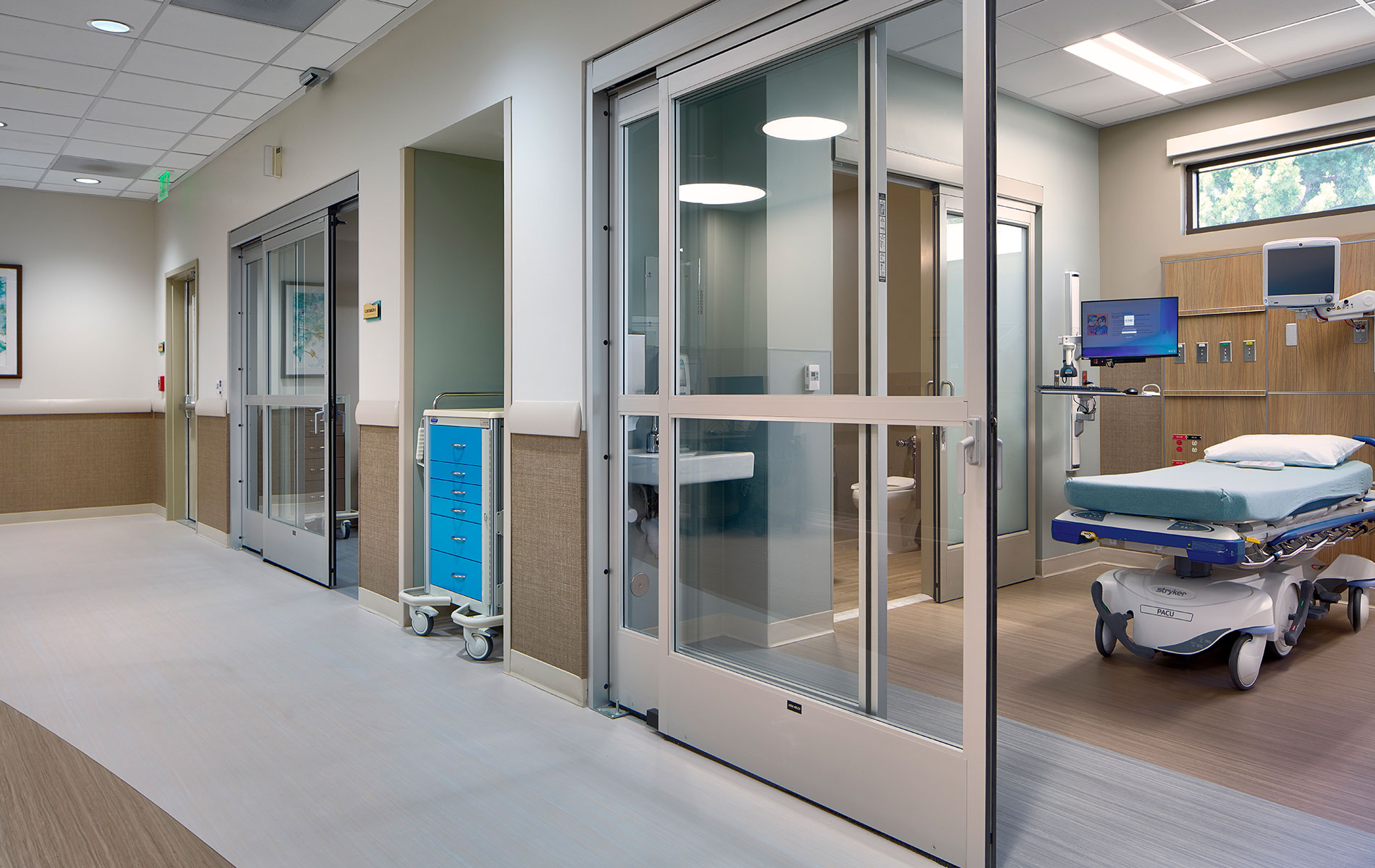Hospital Design Adapts to Meet Pandemic Demand
Hospital Design Adapts to Meet Pandemic Demand

As more ICU beds are needed in response to COVID-19, hospitals are adapting spaces into coronavirus care units that were not initially designed for that purpose. Healthcare Principal Mark Tiscornia, AIA, ACHA, LEED AP® BD+C, spoke with Globe St. about how flexible design is integral to meeting the demand of the pandemic.
Flexible Healthcare Design
Strategic design is crucial to delivering flexible and resilient healthcare environments, especially as demand for ICU beds rises. With a flexible design strategy spaces that are not equipped with ICU capabilities, such as conference and dining rooms, can be retrofitted to provide the proper treatment services.
“As always, we will collaboratively work with healthcare leaders to determine how their designs can allow for increased number of beds in case of future pandemics or other large-scale emergencies. This can be achieved by preparing rooms to handle additional patients,” Tiscornia said.
Hospitals are developing surge plans to prepare for the influx of patients they will be treating in the coming weeks and months. Flexibility and proactive measures are crucially important to effective healthcare design that can handle this burden.
“By continuing to listen to these stakeholders and work with them collaboratively, we will be able to accommodate the ever-increasing need for flexibility through thoughtful designs and strategies that are well-aligned with all aspects of a healthcare project.”
2020 Healthcare Design Trends
The design strategies being implemented to combat the pandemic are also influencing design trends and innovations. Even when the crisis is over, future hospital designs are likely to have the capacity to address another pandemic. Cuningham Group is working on several hospital observation unit (OU) expansions. Increasing the capacity of OUs allows emergency rooms to avoid bottlenecks without tying up inpatient beds.
“OUs want to be located near the emergency department to allow for potential surges in the ED. We typically plan OU beds to be equipped like ED rooms to allow for this,” Tiscornia said.
Tiscornia notes innovation toward a larger universal size for operating rooms as well as increasing popularity of off-site prefabrication for healthcare facility components.
“Ultimately, reimbursement rates continue to drive these trends – hospitals, like any other business, need revenue to stay open and function effectively. We’re currently advising several clients on strategic design decisions to deliver spaces that are tailored to be responsive to the typical flow of patient needs, while simultaneously offering flexibility as situations change.”
Read Mark Tiscornia’s full interview with Globe St. on the adaptability of healthcare environments and other design trends on the rise here.